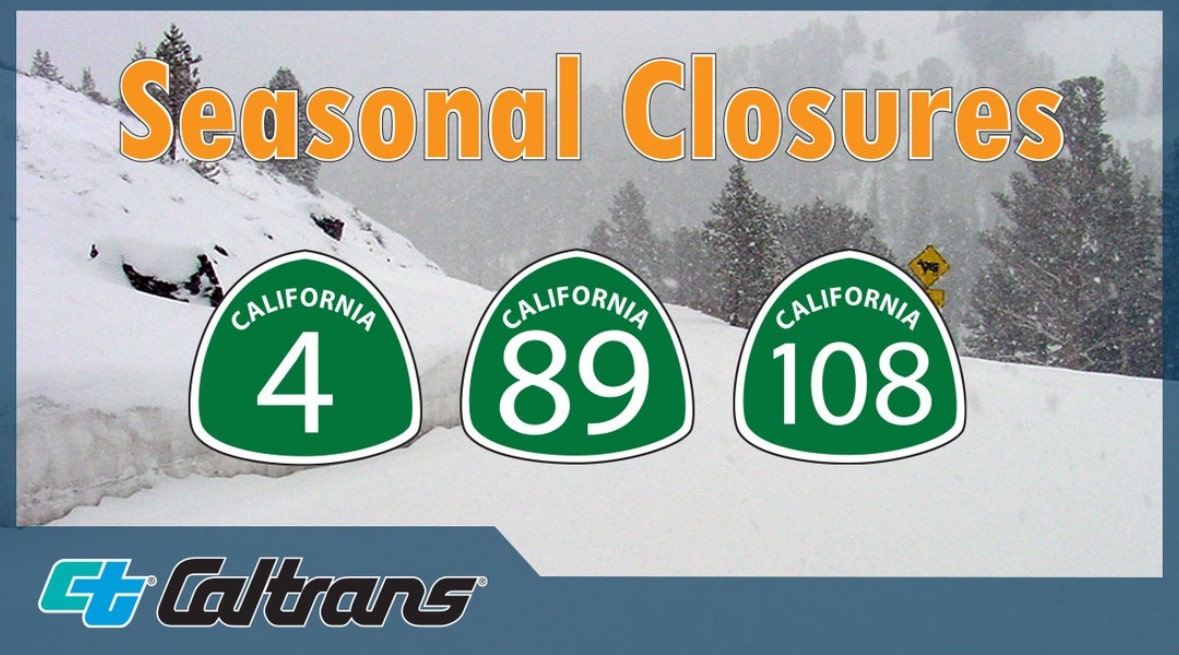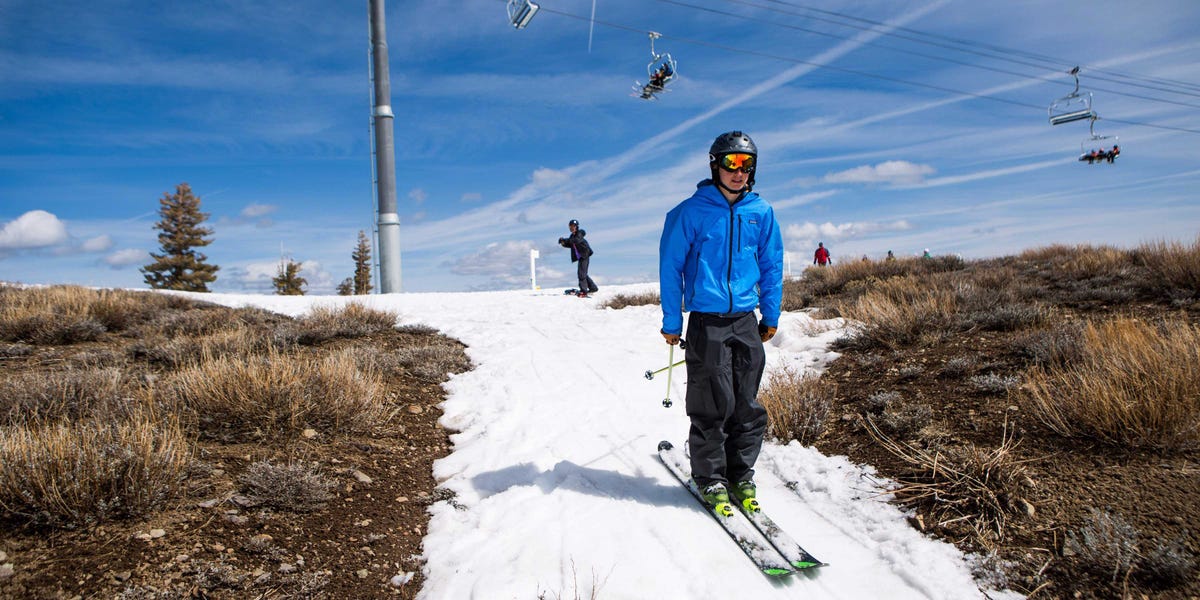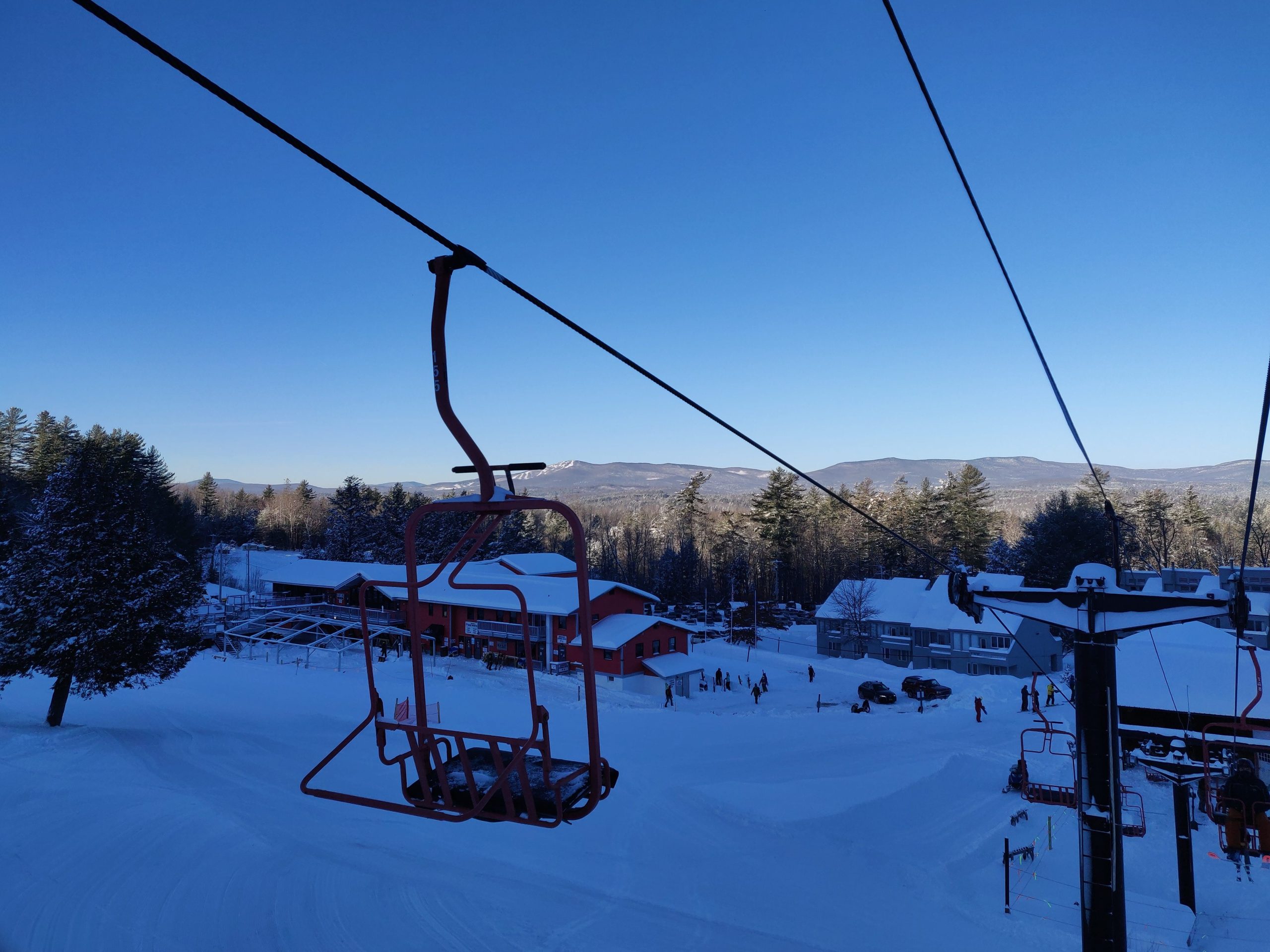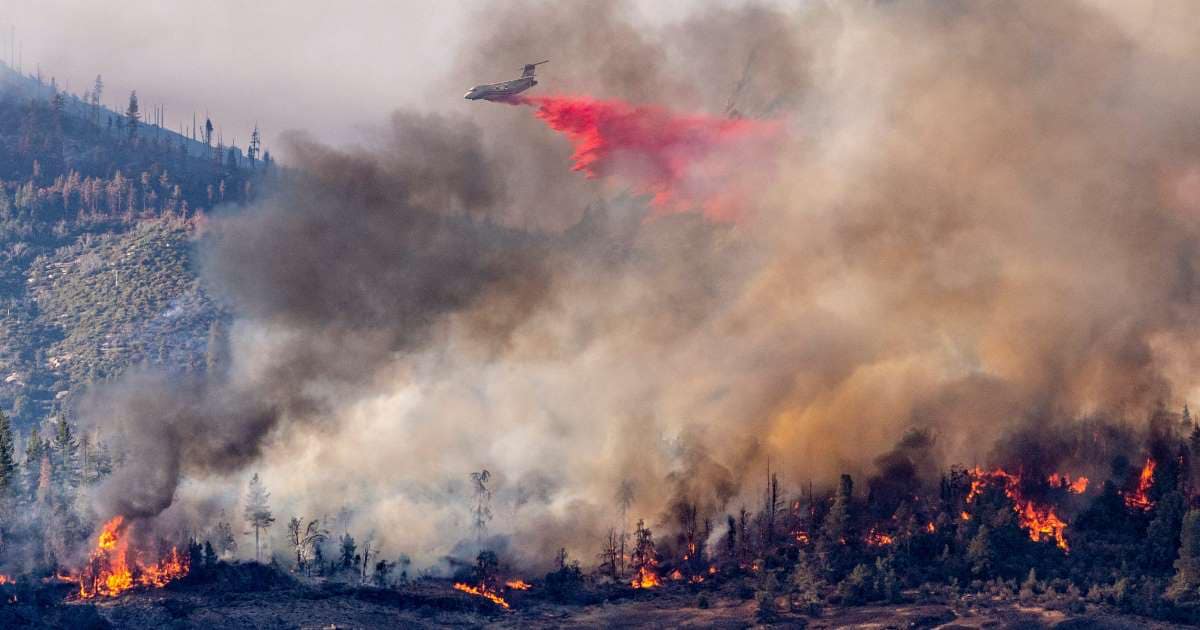
Summer is in full swing with temperatures scorching much of the United States the past few weeks and the higher temps bring worries about wildfires. This has been especially true in states like California which have been devastated in the past by wildfires. California has seen wildfires burn millions of acres, destroy homes and businesses, and take lives throughout the dry summer months. California needs no reminder of how bad it could be; wildfires this year have occurred in Canada, burning almost 27 million acres, and producing extremely poor air quality throughout the U.S. and Canada.
July is typically the start of the fire season in California, however, this summer has some officials and residents feeling hopeful that the season will be milder than in the past. The reason for this is the epic amount of snowfall that California received this past winter. According to the National Park Service, areas like Yosemite have seen their snowpack at 244% higher than average and Kern River (Sequoia) reported a snowpack at 326% higher than average this year. All that snow and water that melts throughout the spring and summer has caused rivers and lakes to return to normal levels for the first time in years. All the snowmelt and water have enabled the ground to remain wetter than normal and reduce the chances of wildfires starting.
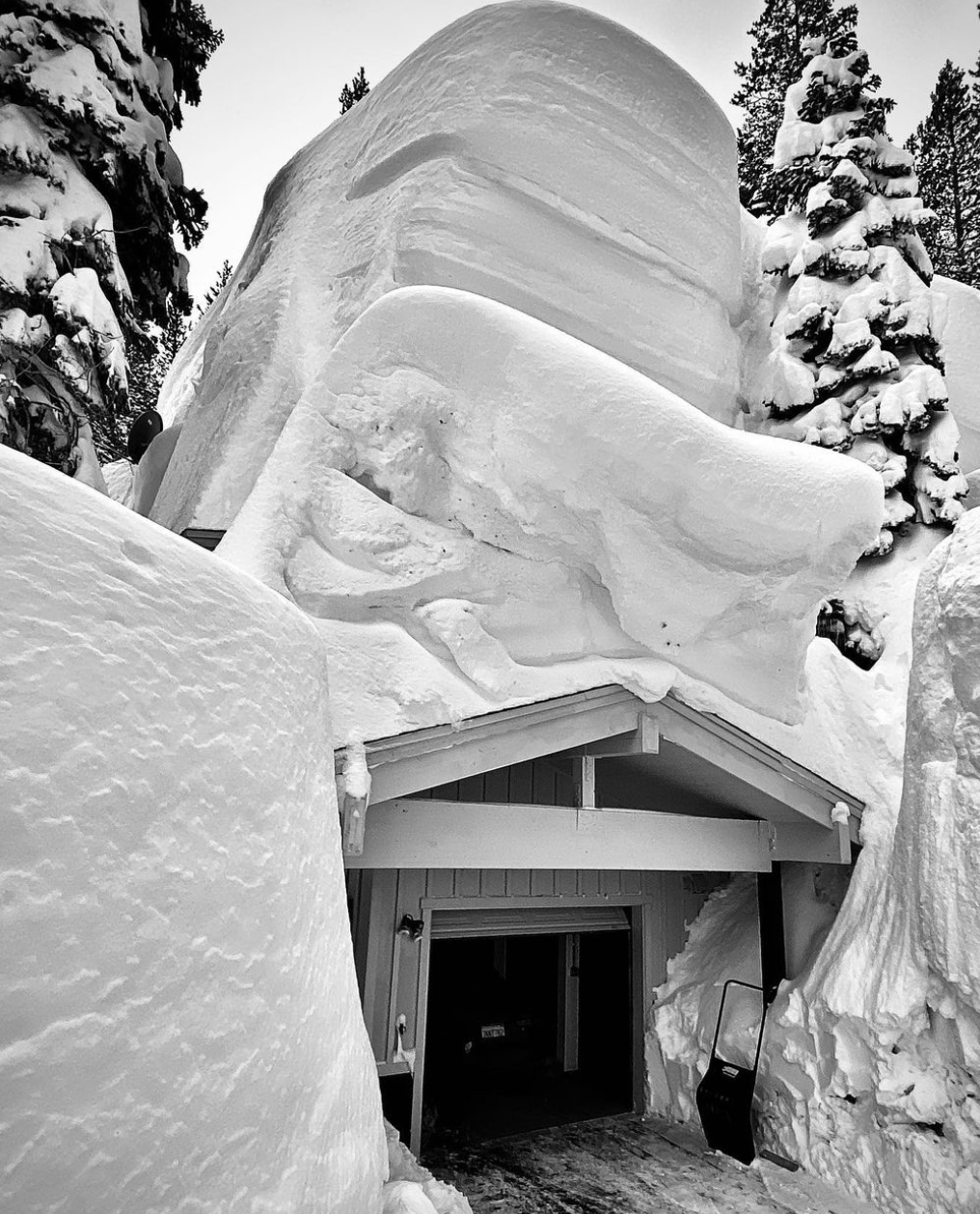
Officials are still cautious about the current conditions and remind residents to be prepared in case wildfires do breakout. According to Cal Fire, which is California’s main firefighting agency, this year there has been a total of 3,380 wildfires, 95,948 acres burned, 4 structures destroyed and zero fatalities. Those numbers are the best the state has seen in over 2 decades and brings encouragement to a state which has become all too familiar with wildfires.
The outlook for the 2023 fire year according to the California Department of Forestry and Fire Protection looks much better than those in the past, referencing the large amounts of snowpack still remaining. Cal Fire wrote on its website:
“The snowpack that remains in the mountain areas should assist with mitigating significant fire potential in the higher elevations until later in the summer. Due to the late rainy season, larger vegetation located in the mid and upper elevations will continue to experience above-normal growth into the early summer months. There is a ninety percent likelihood of an El Niño developing by July. The tropical disturbances typically associated with an El Niño pattern could lead to increased lightning and thunderstorm activity.”
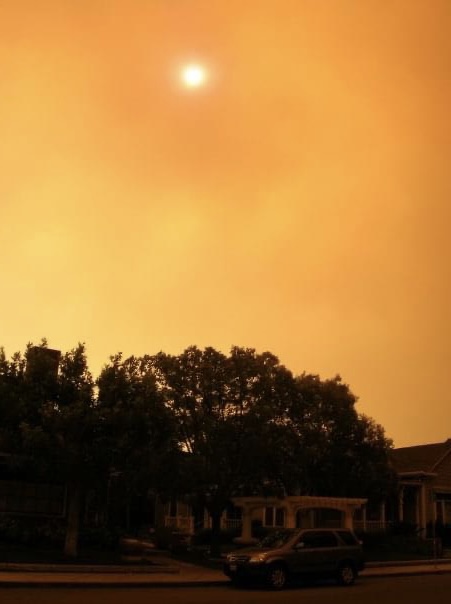
Most officials and experts are predicting that wildfire season will be lower than normal in California this year. The mildest fire seasons ranked since 1993 have all come with wetter-than-normal winters which was the case this season where the statewide average rainfall was 140% of normal. The most dangerous wildfire months for California come later in the year in September and October due to lack of rainfall throughout the summer and the drying out of the landscape which makes wildfires easier to start and spread.
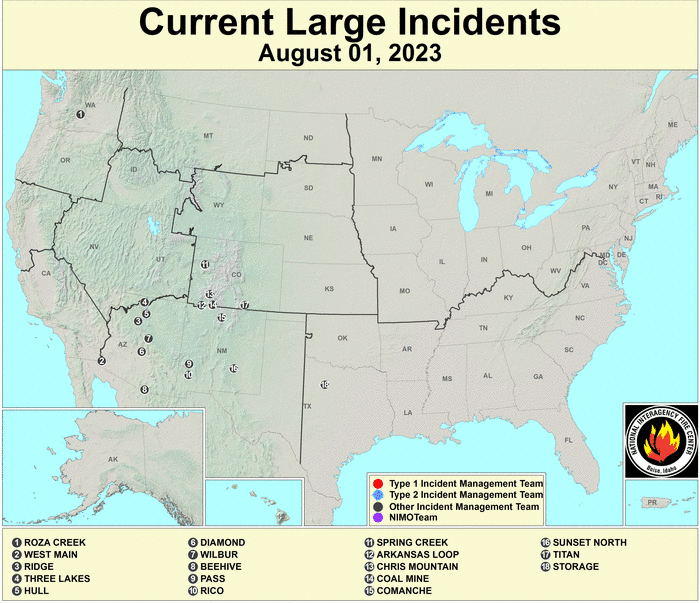
There are many factors and reasons that can cause and increase the likelihood of wildfires throughout an area or region. They include temperature, humidity, and the lack of moisture in trees, shrubs, grasses, and forest debris. More and more scientists and forecasters have started looking at climate change as one of those key factors as well. According to the National Oceanic and Atmospheric Administration (NOAA),
“Climate change, including increased heat, extended drought, and a thirsty atmosphere, has been a key driver in increasing the risk and extent of wildfires in the western United States during the last two decades.”
When we specifically look at climate change and how it is affecting the West Coast, NOAA gives a much more detailed report on what its research has predicted. NOAA stated,
“For much of the U.S. West, projections show that an average annual 1 degree C temperature increase would increase the median burned area per year by as much as 600%. Research shows that changes in climate create warmer, drier conditions, leading to longer and more active fire seasons. Increases in temperatures and the thirst of the atmosphere due to human-caused climate change have increased aridity of forest fuels during the fire season.”
Climate change, higher temperatures, droughts, and less snowpack can all cause wildfires to grow more frequent and more deadly. There are many factors that ultimately cause a wildfire to start and hopefully, everyone is paying attention to the numbers and facts given by the scientific community to mitigate the risk of wildfires in the future.

